Overlanding in Mongolia – A Road Trip through the Gobi Desert, Kharkhorin, and Lake Khovsgol
categories: asia travelOn my last overlanding trip, my wife and I decided to give Mongolia a chance. There are many reasons to visit Mongolia, but perhaps my favorite part is that it takes you very far away from the chaos of the average city. If you want to feel like you are off-road while being in the middle of civilization, then Mongolia is the place to go.
We took around 12 days to see Mongolia. I had my off-road car with me. I expected there to be a lot of difficult roads there, but since I was prepared, I had no issues. This is my experience as I was traveling through Mongolia.

Table of contents: ()

- The Travel Itinerary
- Day 1: Ulaanbaatar – White Stupa
- Day 2: White Stupa – Yolyn Am Valley
- Day 3: Yolyn Am Valley – Gobi Desert
- Day 4: Gobi Sand Dunes – Khongor
- Day 5: Khongor – Flaming Cliffs
- Day 6: Flaming Cliffs – Ongi River Valley
- Day 7: Ongi River Valley – Kharkhorin
- Day 8: Kharkhorin – Tsenkher Hot Springs
- Day 9: Tsenkher Hot Springs – Terkhiin Tsagaan Nuur
- Day 10: Terkhiin Tsagaan Nuur – Lake Khovsgol
- Day 11: Lake Khovsgol – Lake Khovsgol Island
- Day 12 – Lake Khovsgol – Erdenet Town
- Some Pieces of Advice to Consider
- The Bottom Line
The Travel Itinerary
We went over 2000 miles as I was traveling through Mongolia – and for the most part, we camped where we could. With some hiccups here and there, our overlanding trip to Mongolia was quite a success.
Day 1: Ulaanbaatar – White Stupa
The starting point we chose was Ulaanbaatar which is itself one of the best places to visit in Mongolia. I decided to take it south to the White Stupa (Tsagaan Suvarga) which is a natural rock formation south of the capital. It took us about 6 hours to drive through the Gobi desert, as I had to go off the road. The White Stupa was gorgeous, and it’s like someone carved out a building directly into Mother Nature’s grounds. With that in mind, it’s impressive how a natural formation could look so amazing. We decided it would be best to camp there, so we could see both the sunset and the sunrise.
Day 2: White Stupa – Yolyn Am Valley
After leaving the White Stupa, we continued on the same road and decided to make our way towards Yolyn Am Valley. We took the route that went through the town of Dalanzadgad because we had plenty of daylight on our hands. The town was very pleasant, with welcoming villagers and my car was thankful for the good roads there. We booked a hotel stay, as the town area wasn’t exactly camp-friendly.
Day 3: Yolyn Am Valley – Gobi Desert
After filling the tank and stocking up on non-perishable food and water, I set the wheels for the Gobi Desert. Driving through the desert, we came across a well, and we found out from the locals that there are several of them scattered across the area. We went on our way, and I took my time to enjoy the desert landscape.
The car got stuck in the sand at some point, but thanks to the recovery gear in my trunk. We had recovery boards, a snatch strap, and a shovel. In addition, we had an ARB air compressor that made us able to air down in tricky situations, because then we could just use the compressor to air back up to the right tire pressures.
I managed to get the car unstuck as the evening was closing in, so we decided that it was time to set camp. We found a big rock that promised shelter from the wind if it were to pick up, and we made a campfire. The only thing I was sorry about was that I didn’t have a lute or some musical instrument with me, because the scene seemed to have been taken straight from Arabian nights.
Day 4: Gobi Sand Dunes – Khongor
We packed up early because the sun was already beginning to make it uncomfortable for us to remain in the tent. The morning was quite peaceful, and we had breakfast at camp before we set off for the Flaming Cliffs of Bayanzag. We stumbled through a couple of quick showers and a downpour, but the warmth that followed dried the sand quite fast. It was still rather difficult to drive through the area, so we decided to stop at Khongor instead.
It took some extra time until we reached Khongor and we also found a quaint camp. The camp gave us a gorgeous view of the Flaming Cliffs, and eventually, we realized why they were called that way. At sunset, the sun made it seem like the cliffs were on fire. This was caused by the red rocks and sand on the cliffs. The view was simply breathtaking.
Day 5: Khongor – Flaming Cliffs
After driving some 80 miles, we reached the Flaming Cliffs. The area is quite popular due to the fact that several dinosaur fossils were found there. The red cliffs were amazing, and we got a better understanding of why the sunset looked that way last night.
Sadly, we did not find any fossils, as we only stuck around for a day. However, if you have the time to explore, you might just find something. That being said, taking the fossils with you is illegal – so, you might want to stick to looking.
Day 6: Flaming Cliffs – Ongi River Valley
After driving through the Gobi Desert and camping the night, on the next day, we reached the Ongi River Valley. The change of scenery was very welcome, and from the desert all around, we could now see the Ongi ruins and some rocks and grass.
The river was also a sight to see after such a long desert drive. We made sure to stop at the Ongi Monastery as well, and we saw its ancient beauty. The top of the stupa collapsed, and both complexes were pretty much in ruin, but it did show us a piece of Mongolian history.
Day 7: Ongi River Valley – Kharkhorin
A week has passed since we set out, and we had reached Kharkhorin. We had a nice surprise there, as we drove in smack in the middle of their annual Naadam festival. People were dressed in their traditional Mongolian gear and we took our time to enjoy the festival and visit the place.
We stopped by the Erdene Zuu monastery, and in the evening, we set camp at a campground. There were hotels there as well, but considering the number of camps we found, we saw no need to book a hotel room. Plus, the camp we found was fully equipped with functional showers and barbecue areas. Considering that it was a warm-enough, pleasant night, camping seemed just fine for us.
Day 8: Kharkhorin – Tsenkher Hot Springs
We looked through various itineraries on the Internet before setting out to Mongolia, and almost every person recommended we make a stop at the Tsenkher hot springs. At this point, this kind of stop was welcome, as we needed that hot soak after driving for one week in the desert.
We managed to book a night at the Duut Resort, as the place is quite popular even among Mongolian locals, and apparently, we were lucky. The resort is often booked out. The scenery here was very relaxing, as it was surrounded by picturesque forests and hot springs all around. After relaxing and soaking in the hot water, we decided to go hiking for a bit. Overlanding kept us often in the car, so we wanted to give our legs some action as well.
Day 9: Tsenkher Hot Springs – Terkhiin Tsagaan Nuur
Leaving the hot springs was hard, as we all loved the spa time – but around noon the next day, we took our overlanding to the next destination. Terkhiin Tsagaan Nuur, also known as the White Lake, was about two hours ahead, and we decided to go see it. We didn’t even have to go off the main road much to admire it.
While we were at it, we went to the Khorgo volcanic crater as well, since it was very close. We were not worried about an eruption, as the last one was 8,000 years ago and since then, it showed no signs of activity. We climbed to the top of it, a hiking trip that took us less than an hour. The climb was worth it, as the view from there was stunning.
Day 10: Terkhiin Tsagaan Nuur – Lake Khovsgol
From Terkhiin Tsagaan Nuur, we took a long drive through the countryside until we reached Lake Khovsgol. We passed through Murun, where the local cuisine was extremely delicious. I must admit that I was quite anxious when I had to cross over the river on a homemade barge – but in the end, my worries turned out to be pointless.
I passed safely and made my way to Lake Khovsgol. From what I’ve heard, the area gets rather muddy after the rain, so you might want to be careful. I was lucky, as the grounds were dry when we passed through the area.
After driving for several days in the Mongolian deserts, Lake Khovsgol made me feel like we were in a different country altogether. The nature, the trees, the lake, the overall green-looking area – it all made us feel so relaxed. We stayed at a camp that had its own tall tents, and we took our time enjoying the meadows and the food. Toilogt Camp, where we stayed, offered horseback riding activities, which we took advantage of.
Day 11: Lake Khovsgol – Lake Khovsgol Island
In the middle of the big Lake Khovsgol, there is an island. So the next day, we packed some of our things and took the boat there. The boat only took people, so we had to leave our car in the camp parking lot. The island was about 28 miles away, so we got there pretty fast.
One piece of advice if you go here: keep any food you have hidden or very close to you. There are a lot of seagulls there that will jump at the opportunity for an easy meal. My wife had a bag of chips right next to her while sitting on a rock, and the seagull flew in and stole the whole bag. Not just a chip or two – the whole bag altogether. So, it’s best to be careful with your food there.
Day 12 – Lake Khovsgol – Erdenet Town
On the 12th day – the last day of our overlanding trip – we began making our way back to Ulaanbaatar, where we started. But first, we wanted to make a stop at Erdenet Town. It was a long drive, taking us about 6 hours until we reached there. We visited the copper mine, which is supposedly the world’s largest copper mine.
We also visited the Zaisan memorial, and then had lunch by the musical fountain. After that, we took our time to visit the temples that were just north of Erdenet. There were lots of scenic roads that we enjoyed there as well, and several national parks around. We went to the Tuul Gol river as well, enjoying the tranquility and the flowing blue water.
We stopped at the Gorkhi-Terelj National Park, where we were allowed to set up camp. The place was quiet and very peaceful, so we managed to get a good night’s sleep before heading back.
Some Pieces of Advice to Consider
There are certain things that I didn’t realize about Mongolia at first, and I was really glad that I came prepared. First, if you decide to go overlanding through Mongolia, you should know that you will go a lot off the beaten track. There aren’t many asphalt roads in there, so most of them are simple dirt tracks or a pre-made groove that will point you on your way.
Without a good set of all-tires, you might find yourself stuck in the middle of nowhere, with no one to help you out of a bind. This brings us to the second thing you will need to be aware of when traveling to Mongolia: the weather.
Mongolia has rather unpredictable weather, so aside from the all-terrain tires, you might want to stock up on all the recovery gear you’ll need. Very often I found myself stumbling into a random downpour after driving in the sun for the whole day. Considering there are barely any asphalt roads to drive on, there is a good chance that you will be stuck in the mud.
The Bottom Line
The trip to Mongolia was quite successful, and while the roads were not as friendly as they would be in other countries, it gave us a pleasant semi-off-road experience. We saw a lot, and the local culture is amazing. The landscapes were our favorite part of the trip, which is why we will probably give this country another go in the future.
Leave a Reply
Tags: adventure travel, article, mongolia, road trip

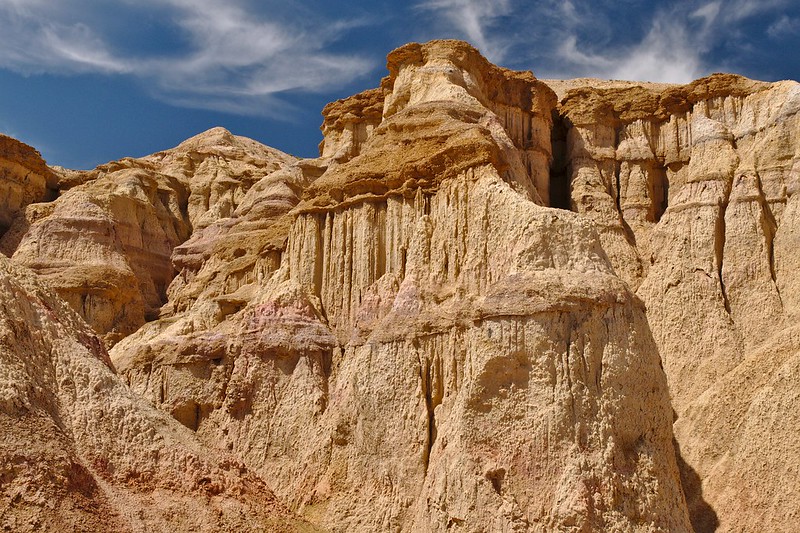
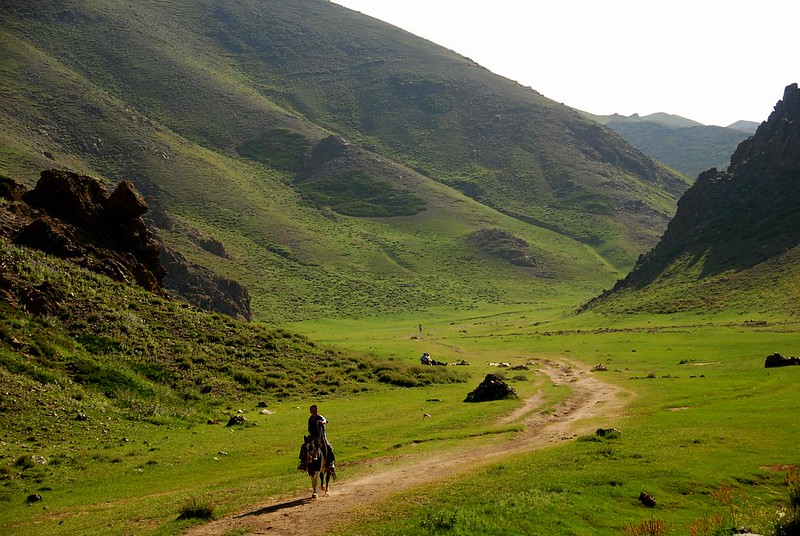







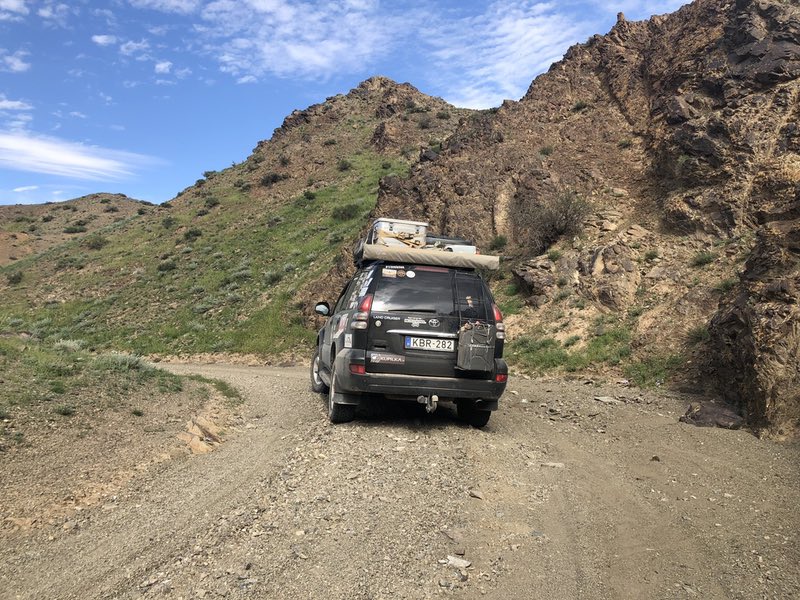

 Travel to Mongolia – Episode 603
Travel to Mongolia – Episode 603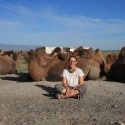 Our Travels – Sherry Ott Traveled to Mongolia
Our Travels – Sherry Ott Traveled to Mongolia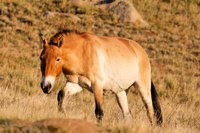 Travel to Mongolia – Episode 111
Travel to Mongolia – Episode 111 Book Review: Mission Mongolia by David Treanor
Book Review: Mission Mongolia by David Treanor
